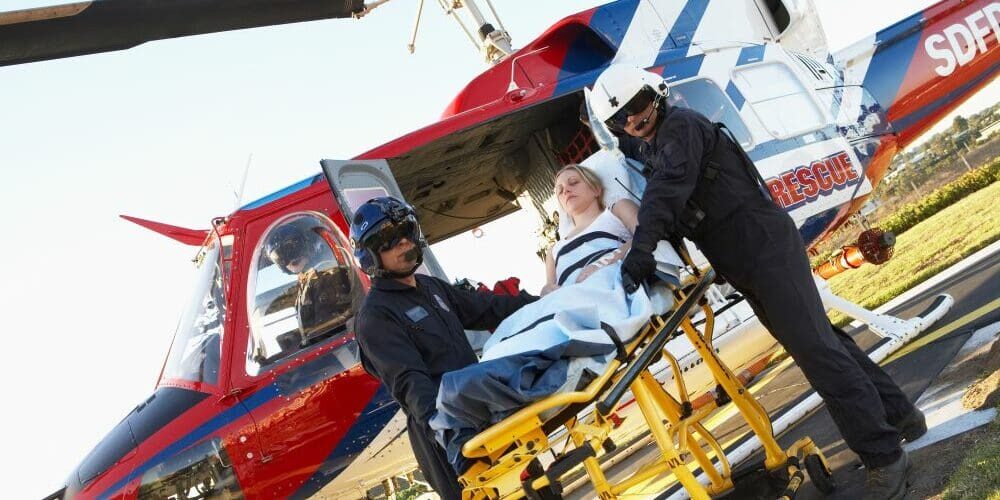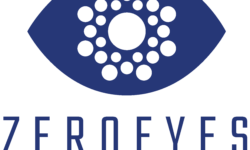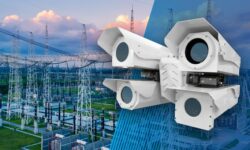How Data-Driven Video Technology Has Elevated Air Ambulance Safety
Safety measures and technologies such as cameras and sensors can reduce the likelihood that your helicopter ambulances have an accident.

Adobe Stock image by Monkey Business
As the morning sun rose, a medivac helicopter took off from a hospital’s helipad with a critical patient onboard. The flight crew — a pilot, flight nurse, and paramedic — were all highly skilled and experienced in providing critical care during air transport.
Bound for a city, only 30 minutes by air but nearly three hours by ground transportation, every minute saved was vital to the patient. The crew was confident they could deliver the patient safely to the receiving hospital during this routine flight.
As the helicopter approached the facility, the pilot suddenly noticed a ground crew working on the helipad—unaware of the impending landing and potentially in danger. Without hesitation, the pilot aborted the landing and pulled up—narrowly avoiding a potentially catastrophic collision with the ground crew.
This near-miss was a wake-up call for the hospital staff, highlighting the need for improved safety measures during landings on the helipad.
Hospitals Face Diverse Challenges in Air Ambulance Safety
There are a variety of causes of air ambulance crashes, including pilot disorientation, pilot errors, maintenance errors, vision impairment, fatigue, or rapidly changing weather conditions. According to a fatal air medical accident study, nighttime-related factors contributed to nearly 38.9% of fatalities, followed by weather-related factors (35.6%) and various mechanical failures (17.2%).
These data show that the probable causes of fatal air medical accidents are primarily human factors and are, therefore, likely preventable.
In a similar study by Embry-Riddle Aeronautical University, helicopter air ambulances have twice the fatal accident rate compared with all other forms of aviation per 100,000 flight hours. Accident records over a 35-year period (1983-2018) show that a helicopter that crashes while flying at night is three times more likely to suffer a fatality than helicopters flying in the daytime.
Medical helicopter pilots flying under instrument flight rules (IFR) are nearly eight times more likely to be involved in a fatal accident, and a post-crash fire is nearly 19 times more likely to result in a fatality than a crash without fire.
As the industry grapples with the consequences of these accidents, the focus must now shift toward proactively implementing measures that bolster air ambulance and hospital helipad safety. Advancements in technology, improved communications, and awareness systems present a promising avenue to address the risks involved in air ambulance operations.
Proactive Video Technologies Can Help
Despite the clear benefits of landing pad cameras, some medical transport companies and hospitals have been slow to adopt them. This is often due to concerns about the cost of installation and maintenance, as well as concerns about privacy and data security.
However, a robust video technology meets these requirements. The benefits of landing pad cameras far outweigh the costs, and the technology — with its heightened situational awareness — effectively reduces the risk of accidents during landings.
With the increasing demand for medical transport services and the growing focus on patient safety, the adoption of landing pad cameras and data-driven video technologies will become more widespread in the coming years.
The good news is that the number of helicopter ambulance accidents has been declining in recent years due to a combination of increased safety measures and technology use, such as improved training for pilots and medical crew, night-vision goggles, and the use of camera and sensor systems on helicopter landing pads.
While these advancements have undeniably made an impact, smart video systems could further elevate safety standards.
Integrated video systems may be pivotal in driving air ambulance safety improvements through actionable data. Camera and sensor technologies that provide eyes in the sky and on the ground are incredibly impactful during the most dangerous phases — takeoff and landing.
While air ambulance crews undertake training and precautions, human error can never be entirely eliminated. Data-driven video systems add a consistent, unbiased layer of hazard detection and response augmentation.
More air ambulance services today are adopting integrated video technologies to enhance safety measures. These systems can integrate with a wide range of specialty and smart cameras and sensors with video analytics to provide real-time actionable insights. The following video technologies can deliver these safety benefits.
- Landing pad cameras can provide critical situational awareness and a clear view of the landing area, allowing pilots to identify potential obstacles or hazards, such as parked vehicles, people, or misplaced equipment on the pad.
- Infrared and thermal imaging cameras can vastly improve visibility for pilots, particularly in nighttime, low light, or unfavorable weather conditions. With clear aerial views of the landing site, hazards like unauthorized people, building structures, or objects can be identified and avoided.
- Smart sensors, along with predictive video analytic software, can measure the helicopter’s altitude, speed, and distance to the ground. This information can help the pilot land the aircraft safely in difficult conditions, such as high winds or low visibility.
- Video analytics can take it a step further by automatically detecting potential risks and sending targeted alerts. All of this translates to heightened situational awareness and hazard mitigation during these high-stakes transports.
- Motion and object detection and tracking can identify and track objects in the vicinity of the air ambulance or heliport, such as people, vehicles, animals, or even drones.
- Personnel tracking can be used to precisely track the movements of personnel in the heliport area to ensure that everyone is in a safe area during takeoff and landing operations.
- Recorded video data from high-resolution cameras can capture all flight and landing activity, providing valuable information for investigating incidents. The data is critical in determining causal factors, accountability, and needed improvements, which are all key to promoting ongoing safety. The video data can also be an excellent training tool for preparing pilots and crew.
Take a Systems Approach
Open platform, data-driven video management technologies today can ingest, process, and present vast amounts of data to hospital facility and security personnel as well as ground and flight crews, allowing them to monitor events in real-time and make informed, proactive decisions as they occur, significantly improving overall helipad safety.
These video management systems can also integrate with a facility’s other existing systems, such as access control, lighting, alarm, and intercom systems — creating a comprehensive, proactive approach to safety. Open platform video management systems have become the data platform for consolidating a broad range of cumulative digital intelligence.
The journey of a medical air transport is one of time-critical stakes and immense responsibility. The blend of seasoned expertise from medical crews and pilots, with the augmented vision and insights of data-driven video technology, creates a formidable barrier against the unforeseen risks that can emerge during air medical transportation.
Mark Johnson is national business development manager, healthcare, for Milestone Systems.
If you enjoyed this article and want to receive more valuable industry content like this, click here to sign up for our FREE digital newsletters!

Security Is Our Business, Too
For professionals who recommend, buy and install all types of electronic security equipment, a free subscription to Commercial Integrator + Security Sales & Integration is like having a consultant on call. You’ll find an ideal balance of technology and business coverage, with installation tips and techniques for products and updates on how to add to your bottom line.
A FREE subscription to the top resource for security and integration industry will prove to be invaluable.







